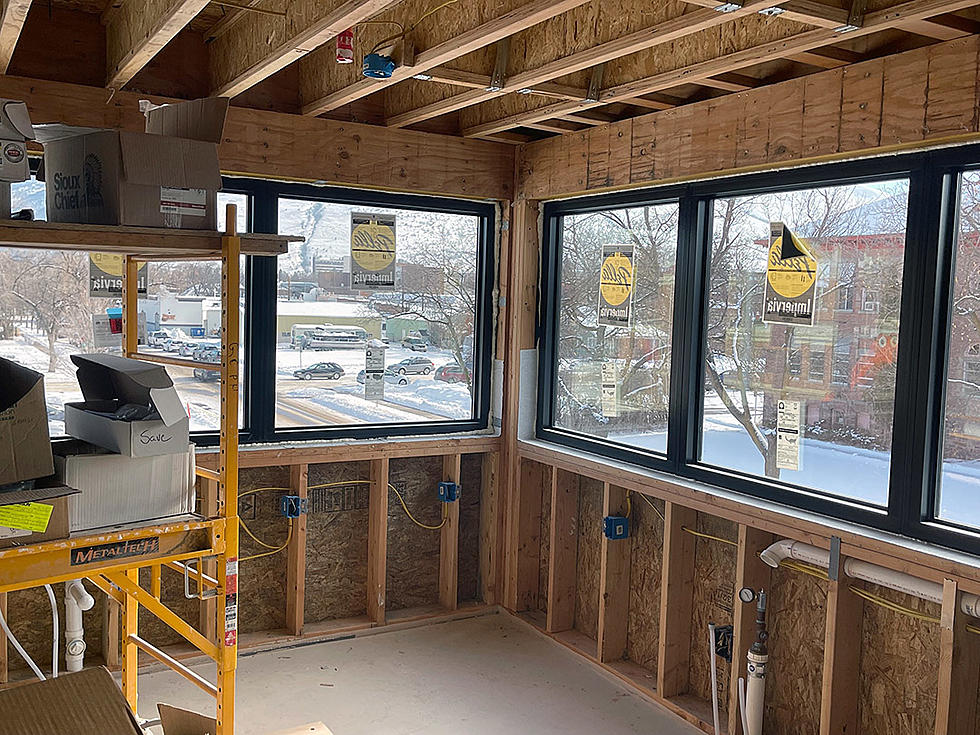
Viewpoint: Six misconceptions about housing for the elderly
Robert Shuy and Jana Staton
Missoula, like most cities in this country, is in a housing crisis. We must certainly thank our local government for taking some very positive steps to increase the availability of affordable housing for lower income families, the homeless, and university students--maybe not enough yet, but kudos for their efforts so far.
Largely unrecognized, however, is that Missoula also has a housing crisis for its elderly couples, many of whom own homes where they continue to live even though it’s past time for them to downsize. We are part of that group and you might ask why we are not freeing up our large home for others to buy.
We are sure that realtors, builders, and planners believe they are going in the right direction. But we suspect that these planners are victims of the following six misperceptions about acceptable housing for Missoula’s elderly couples.
Misperception 1. Since senior citizens represent only a small part of Missoula’s population, all the attention should be placed on more pressing needs.
Wrong: Nobody can disagree that attention should be paid to low-income housing, but planners and builders seem to be overlooking the fact that the life span of senior citizens is rapidly expanding. Currently some 20% of Missoula’s adult population consists of people over 65 (Census Bureau) who could and would sell their homes if they could find more suitable places to live. A recent Current article noted that Missoula’s senior population grew 40% in the last decade, four times more overall population growth.
Misperception 2. Most senior citizens are old ladies whose husbands have died.
Wrong: The current rather meager availability of one-bedroom or studio condos may satisfy some widows, but now males are also living longer and the availability of homes for elderly couples is far from adequate. Unlike previous generations, 60 to 70 percent of people over 70 are now couples with increasing life-expectancy, and in Missoula this group consists of a large group of homeowners.
Misperception 3: Older couples do not require much living space.
Wrong: City planners may have not taken into consideration that many senior citizen couples realize that their current houses are too large for them and are willing and eager to downsize, but they don’t want to be crammed into motel size living spaces.
Misperception 4: Senior citizens can drive where they need to go.
Wrong: This may be true for some of our elderly population, but with our city’s increased heavy traffic even the elderly who are still able to drive can be a safety menace. And God forbid that they try to navigate Reserve Street. Many of us older Missoulians probably shouldn’t be driving on our busy streets. Housing close to stores and services by foot or bus is a safety issue that will motivate senior couples to sell their existing homes.
Misperception 5: The best place for senior citizens to live is in the beautiful outskirts of Missoula where they can drive their cars for services and medical care.
Wrong: As much as we value the beautiful and quiet outskirts of town, living there is not practical for old people to drive our cars to all our needed essentials and medical needs or where we must depend on family members in the area to do this for us. Most of us do not have nearby family to do this. Walking is one of the best ways for us to stay healthy. We prefer to stay inside this vibrant city where we’ve lived for years.
Misperception 6: Focusing on housing for senior citizens is less important than the needs of low and middle income housing.
Wrong: A focus on one group does not exclude the other. Our city’s complex problems work in tandem. When the elderly sell their homes, it makes more houses available on the market, This is low hanging fruit for realtors.
Conclusion: Missoula should avoid these stereotypes
One proposal for solving the local housing crisis is for builders to construct multistory, two-bedroom condos or apartments with elevators in the downtown area. That would enable a host of Missoula’s elderly couples, including many of our friends, to sell their current homes and live comfortably in the city center. At the same time the city can reduce the number of cars on our streets.
This is a plea for Missoula to plan for the needs of its rapidly increasing elderly population. Without suitable housing for seniors, especially those who have partners, more and more residents will be elderly themselves and face the very same problem.
